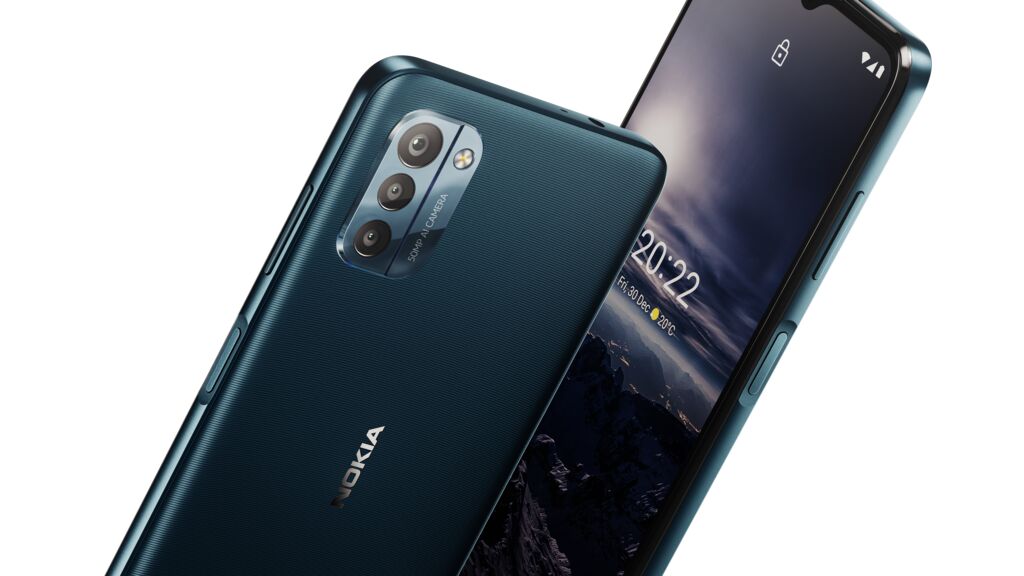TL;DR
Think smartphones are too expensive? The Nokia G21, priced under 2,000 SEK, aims to prove you wrong. It boasts an impressive three-day battery life, a smooth 90Hz display, and a clean Android experience. While it compromises on cutting-edge specs like 5G, advanced cameras, and top-tier gaming performance, it delivers solid everyday usability and remarkable battery longevity. It's a surprisingly capable device for its budget price, making it a great option for kids, secondary phones, or anyone seeking value. Is this budget Nokia the smart buy for you? Read our full review to find out!
Mobile phones have become integral to daily life for an entire generation. Fifteen years ago, Apple’s iPhone initiated a paradigm shift, transforming portable mobile phones with physical buttons and basic, low-resolution screens into sophisticated pocket computers featuring touch screens and performance comparable to smaller desktop computers. Smartphones are now ubiquitous, and the range of price points within the market has expanded considerably. While Apple maintains a leading position in performance and security—reflected in its price—Android has made significant progress across the board, offering a wider variety of models and price ranges, as well as innovative features where Apple currently lags. Nokia, a renowned Finnish brand, particularly for those familiar with the late 90s era of “Snake”-equipped mobile phones, had been largely absent from the mobile landscape. However, the brand may once again become a significant player through Finnish licensee HMD Global, offering the budget-friendly Nokia G21. This smartphone presents itself as a modern device with a number of compelling features, all at a price point under 2,000 SEK.
But is it truly possible to acquire a respectable smartphone at this price?
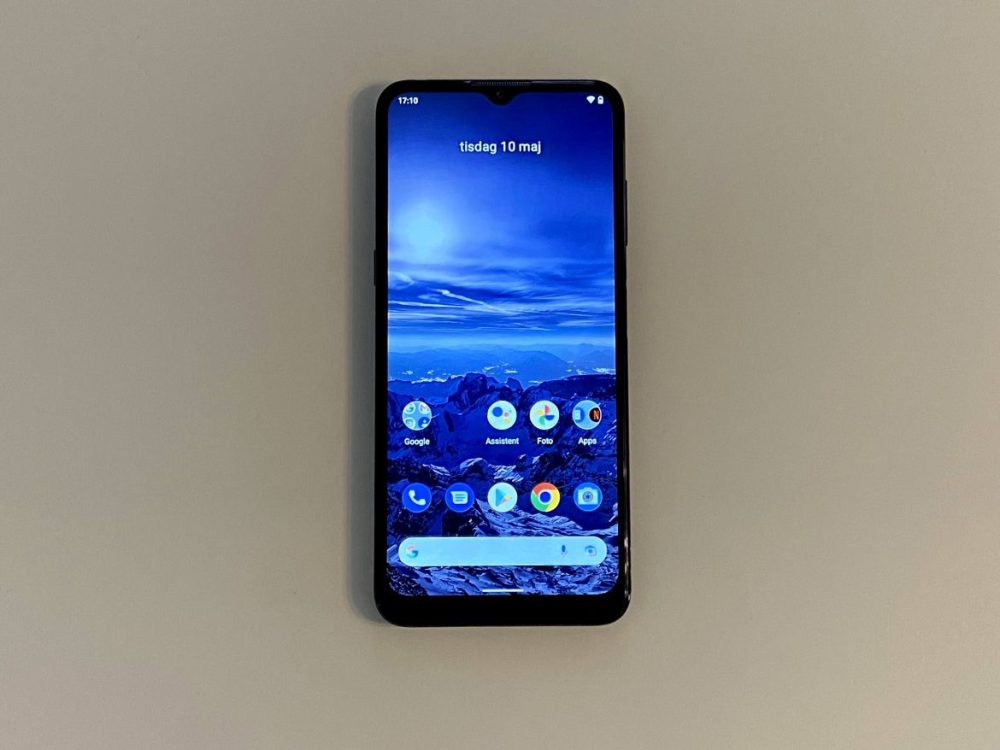
Nokia G21 – Specifications
Key selling points of the G21 include extended battery life (up to three days, 5050 mAh), a 6.5″ 90 Hz IPS LCD HD screen, dual SIM card slots (enabling users to operate a work phone during business hours on one SIM and a personal number on the other simultaneously, eliminating the need for two separate devices), a side-mounted fingerprint reader, and 18W charging (with the charger included, though it should be noted that charging speeds are not on par with flagship models). The phone’s weight is minimal at 190 grams, and the screen offers a large, well-framed display, avoiding the intrusive notch found on some iPhones around the selfie camera.
To achieve this price point, certain features have been scaled back. The phone is limited to 4G connectivity (which remains sufficient for most users), and it incorporates a more modest processor configuration (featuring a multi-core setup with 2 Cortex-A75 cores at 1.6 GHz and 6 Cortex-A55 cores at 1.6 GHz). The display is slightly dimmer with a lower resolution (400 nits with 720 x 1600 pixels, approximately 270 ppi pixel density), and a wide-angle camera is absent. Furthermore, due to the hardware specifications, software upgrades are guaranteed for only two years, although the device may remain functional for a longer period.
Are these compromises acceptable for your needs? Continue reading for our detailed assessment.
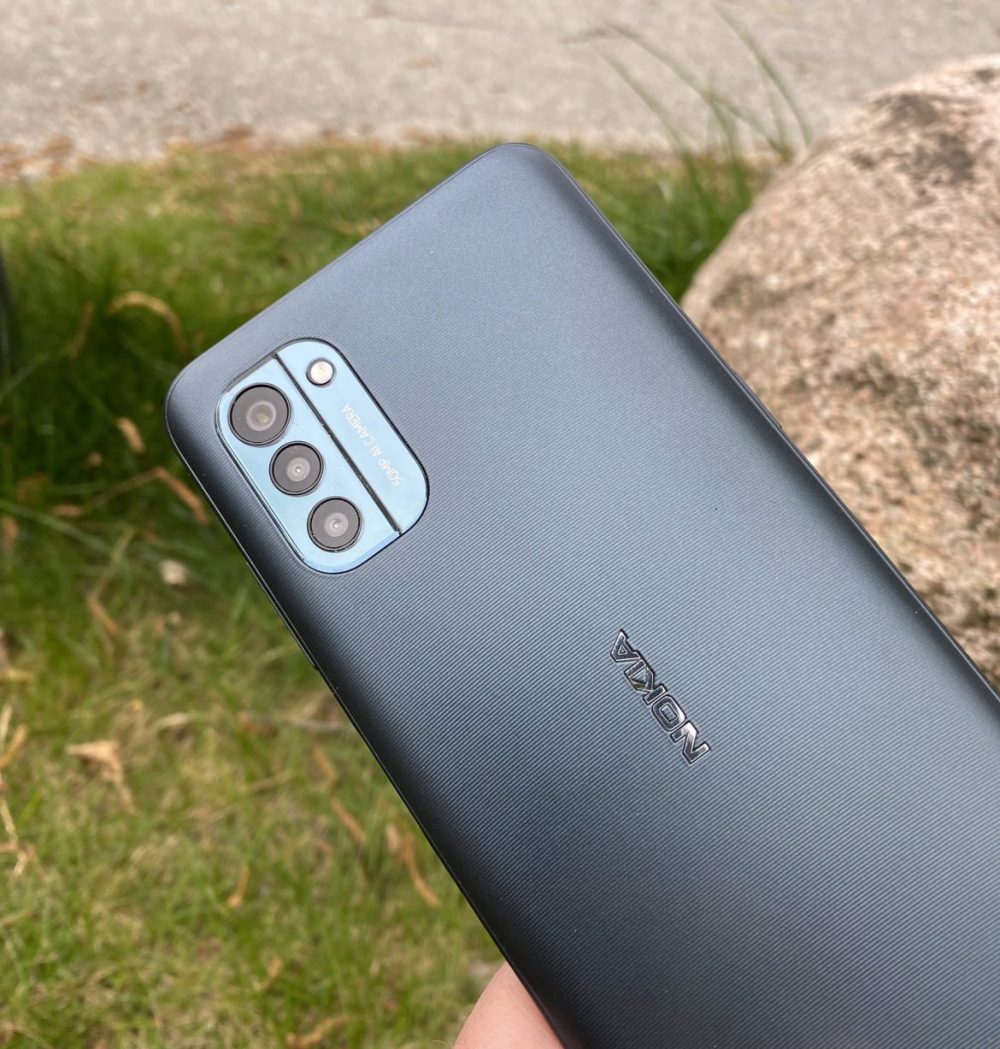
Using the phone in practice
In practical use, the Nokia G21 provides a generally smooth and satisfying experience. Despite its hardware specifications, the phone feels responsive, likely due to its architecture and the 90 Hz screen, which smooths motion and creates the impression of faster graphics processing when scrolling through screens and applications. The side-mounted fingerprint scanner is slightly recessed, resulting in a less-than-ideal ergonomic design, but it functions reliably. Alternatively, users can unlock the phone with a PIN code. Setting up a Google account is straightforward (especially for users of Google’s Gmail service), enabling access to Google’s suite of services, including Google Photos.
Call quality is satisfactory, with the microphone providing clear transmission to the other party and the earpiece speaker delivering adequate sound. The bottom-mounted speaker is mono, which is somewhat underwhelming compared to higher-end models, but still acceptable considering the price range.
To assess real-world performance (as opposed to relying solely on benchmark figures), we tested the Nokia G21 with two graphically intensive games. First, Nintendo’s Super Mario Run ran flawlessly. Next, we tested Asphalt 9, a visually demanding racing game. The Nokia G21 delivered a playable experience, with an estimated frame rate of around 30fps. We then compared the experience to a flagship Android phone, the Samsung S21 Ultra. As expected, the colors on the Nokia’s IPS LCD screen appeared less vibrant compared to the Samsung’s AMOLED display, and the S21 Ultra offered significantly smoother performance (higher frames per second). The S21 Ultra’s 1500 Nits brightness and HDR10+ support also contributed to a more impactful visual experience compared to the G21’s 400 Nits. While these results were anticipated, the Nokia G21’s ability to handle demanding games at all is noteworthy, especially given that it costs significantly less than the S21 Ultra and offers a surprisingly comparable experience.
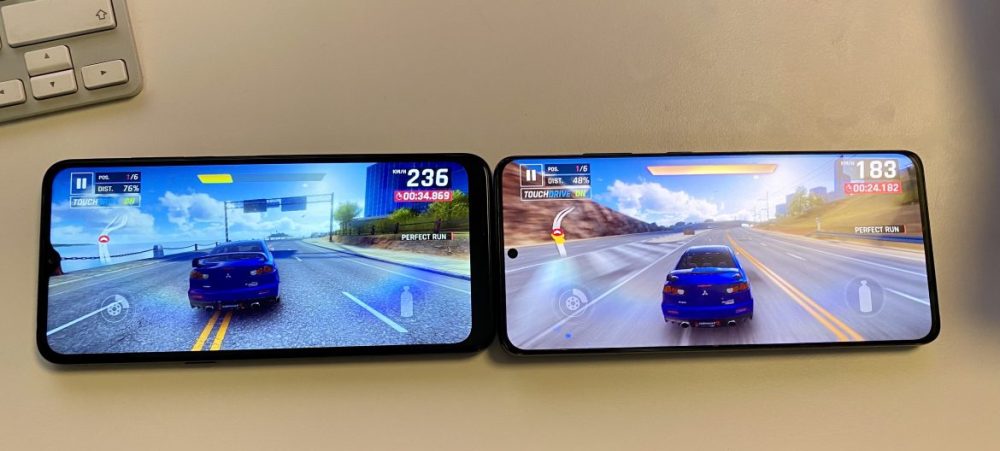
Streaming content on Netflix yielded a satisfactory image with acceptable colors and smooth playback, as expected from an HD IPS LCD screen.
The screen’s somewhat limited brightness makes the phone less ideal for use in direct sunlight. However, it’s worth noting that most phones struggle under those conditions, and it’s usually sufficient to find some shade or use your hand for cover during the relatively few days with strong sunshine in Sweden.
Sustained high performance comes at the cost of increased power consumption. The Nokia G21, with its less powerful hardware and dimmer screen, offers excellent battery life. Under normal usage conditions (excluding extensive gaming or streaming), it can easily last for three days, and in standby mode, the battery can last for over a week. This is a genuinely impressive achievement.
Camera Nokia G21
For many, the camera is a crucial factor when selecting a new phone, having largely replaced dedicated digital cameras. The G21 features a 50-megapixel main camera and a two-megapixel macro lens with a depth sensor on the rear, as well as an eight-megapixel selfie camera. While megapixels are not necessarily indicative of image quality (50 MP is arguably excessive for most needs in terms of resolution), we compared the G21’s camera to one of the leading smartphone cameras on the market, the iPhone Pro Max (model 11 in this case). The results are presented below.
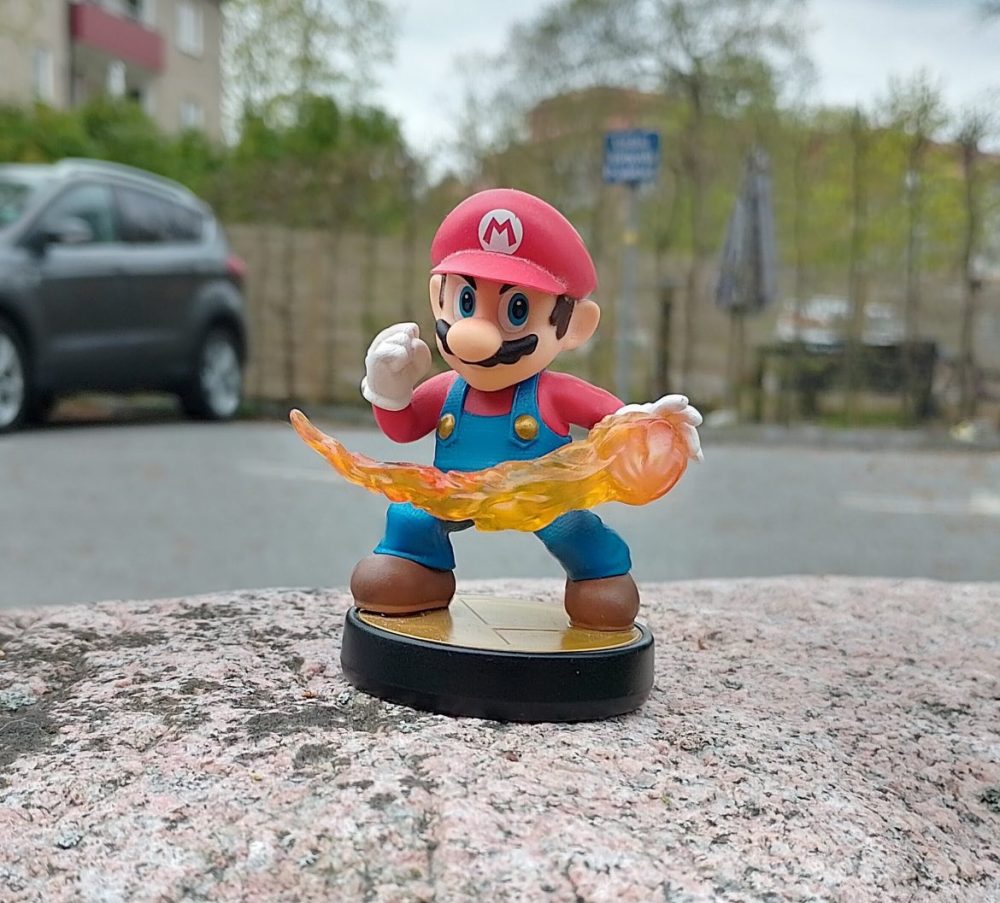
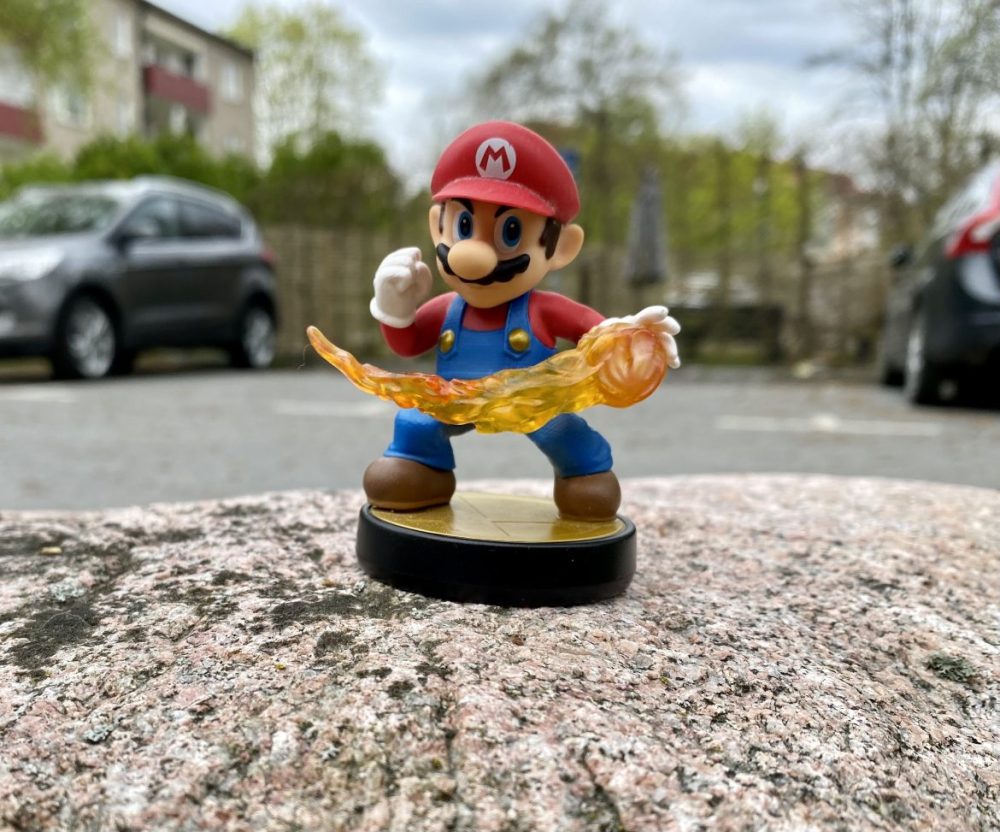


Undeniably, the iPhone’s optics and digital processing are superior, especially in less-than-ideal lighting conditions. The iPhone exhibits a warmer color tone, which is generally preferable to the Nokia’s slightly colder and bluer spectrum (although this can be adjusted). However, consider the images and assess whether you believe the iPhone’s camera is seven times better.
The Nokia G21’s video recording capabilities are notably weak. The video exhibits stuttering, and the camera software is prone to bugs (it even crashed during testing). The resolution appears somewhat coarse, and the most significant issue is the dropped frames during panning. Consequently, the G21’s video performance is currently subpar.
Nokia G21 – summary
The Nokia G21’s specifications are unlikely to impress performance enthusiasts. However, this is not the target audience. For users unwilling to compromise on performance, several smartphone models in the 13,000-14,000 SEK price range are available. The purpose of comparing the G21 to flagship models is not to determine whether it can surpass them in any area (except for battery life, which is understandable given the hardware differences) but to illustrate the level of smartphone functionality achievable at this price point. At around 1,900 SEK, the Nokia G21 is surprisingly capable, offering good everyday performance, exceptional battery life, and a streamlined Android interface that increasingly resembles iOS (for better or worse). While it may not be the ideal corporate-provided phone or your dream smartphone, it serves as an excellent secondary work phone or, more notably, as a suitable smartphone for a child or budget-conscious user. Furthermore, Family Link, which enables easy management of a child’s screen time, app access, and daily time limits, offers a smoother and more effective experience than Apple’s equivalent.
A two-thousand kronor smartphone is certainly not inexpensive, but it’s less devastating to drop or accidentally damage. Of course, high-end performance, a vibrant AMOLED screen with exceptional HDR for movies and games, and a superior camera are desirable features. However, for those unable or unwilling to spend 12,000 SEK or more on a smartphone, and who are willing to accept more modest performance and certain compromises while retaining full-featured functionality, the Nokia G21 represents a compelling value proposition.
Nokia provided test units for this review. The provision of materials does not influence our editorial objectivity.
